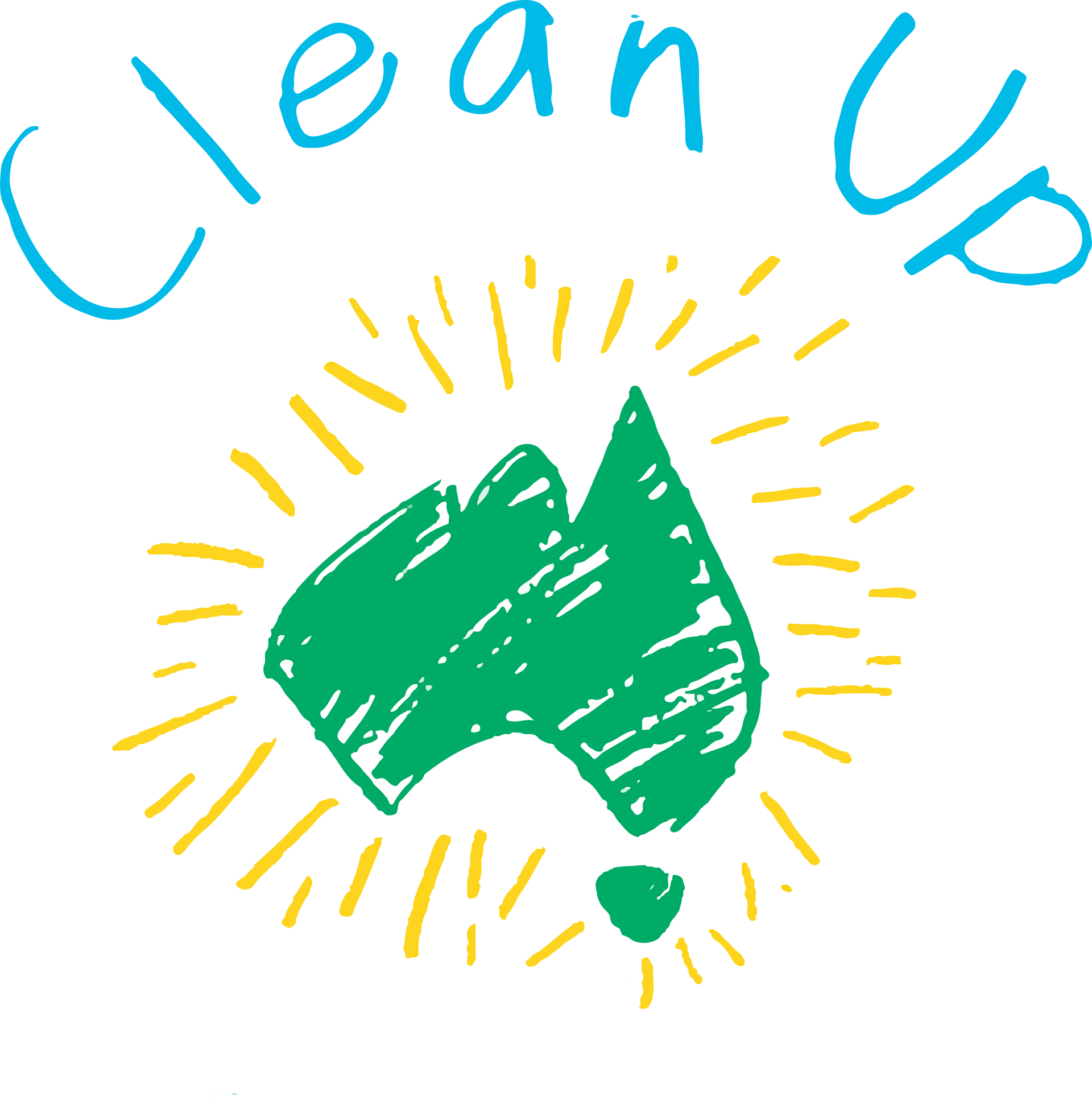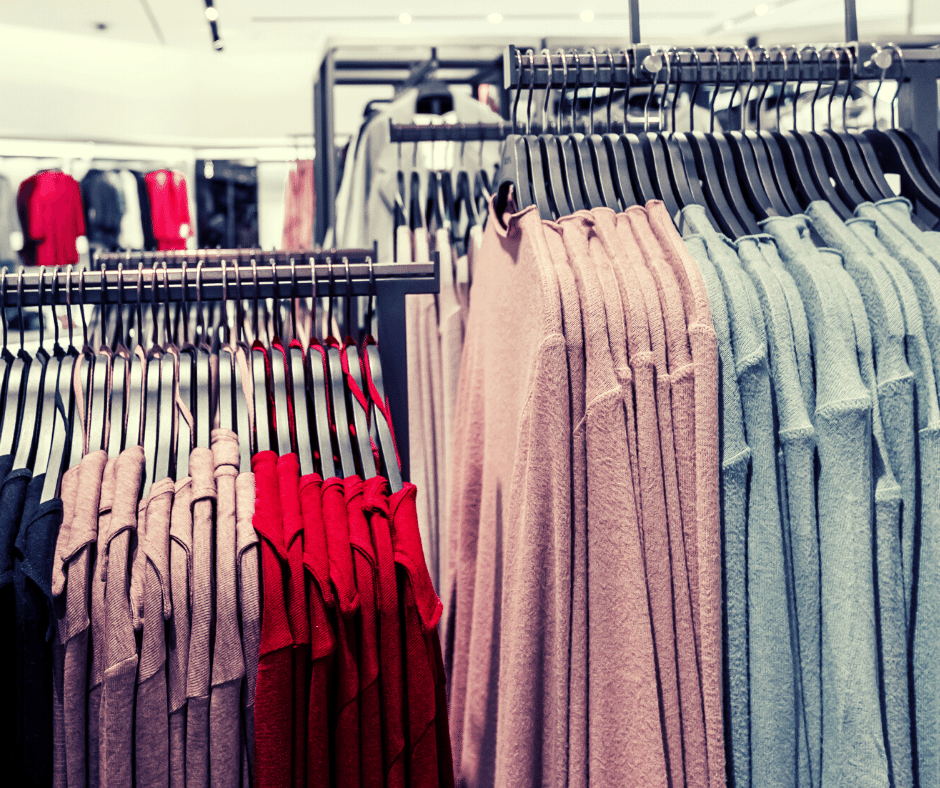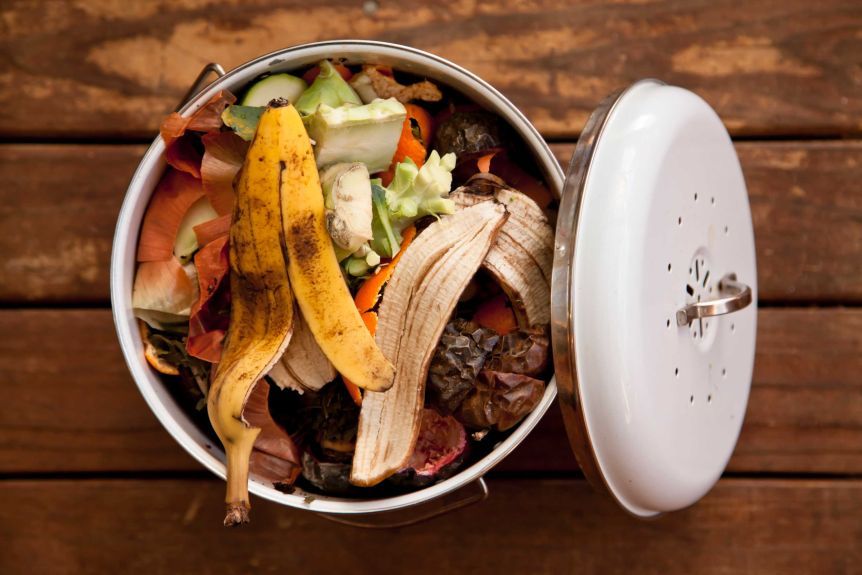Reducing Your Carbon Paw Print
Start taking steps to become a more sustainable pet owner today.
by Hayley Kaptein

Did you know that Australia has one of the highest pet ownership rates in the world? In fact, over half of Aussie households (61% of us, to be exact) own pets! With ownership rates so high, every choice we make for our furry family members has the potential to impact the environment. While keeping pets happy and healthy should always be our first priority, it’s also important to consider how we can care for our pets without costing the earth.
Discover 8 different ways to reduce your carbon paw print:
- 1. Choose eco-friendly entertainment
Rather than buying brand new toys made from plastic or other unsustainable materials, see what’s around your house! Repurposing old items is a great way to give an item a new life while keeping your furry family member entertained. For example: Hide treats in old toilet roll tubes to stimulate your pet or knot up an old sock to create a chemical-free chew toy. Or, as anyone with a cat will know, even doing something as simple as leaving out a cardboard box can be enough to keep them entertained for hours!
Remember: Avoid any materials that could easily break down and cause your pet harm.
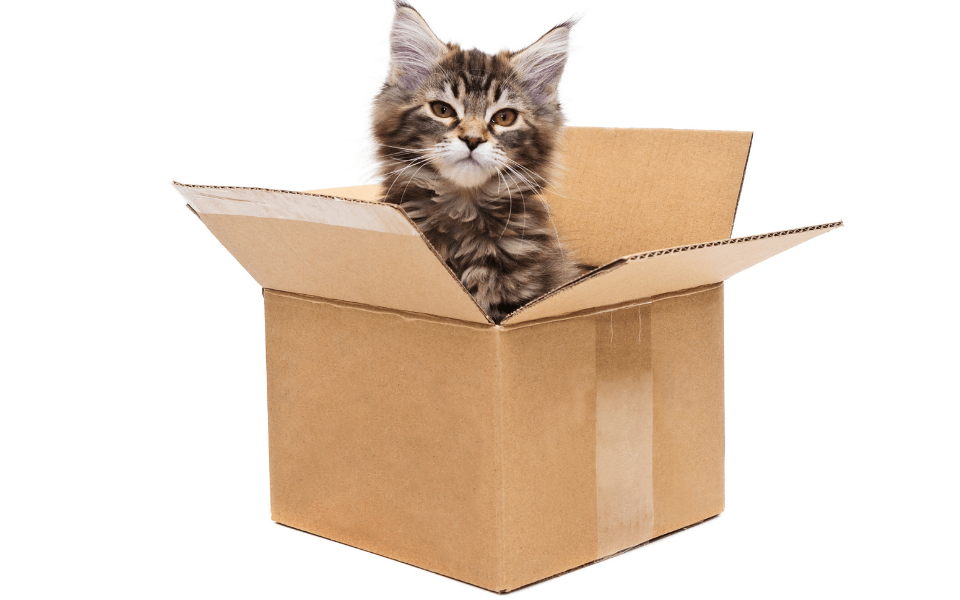
- 2. Serve up sustainable snacks
Many common brands of pet treats contain environmentally damaging ingredients, like unsustainable palm oil. To avoid this altogether, consider making your own pet treats. Not only will they be healthier for your pet, but they’re also a great way to skip the wasteful plastic packaging that most treats are stored in. A quick search online brings up hundreds of different DIY recipes, so there’s no shortage of inspiration!
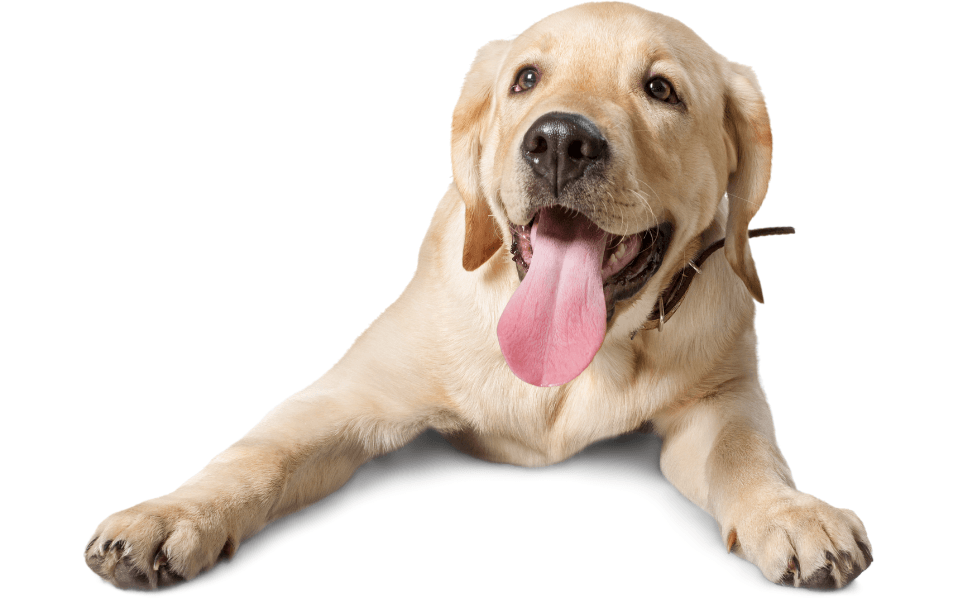
- 3. Recycle old pet food pouches
If you don’t have the time or resources to make your pet’s meals or snacks from scratch, buy pet food with recyclable packaging. These days, there are a growing number of pet food brands shifting towards recycled packaging, plus emerging recycling programs that make it easy to give all of this plastic a new life.
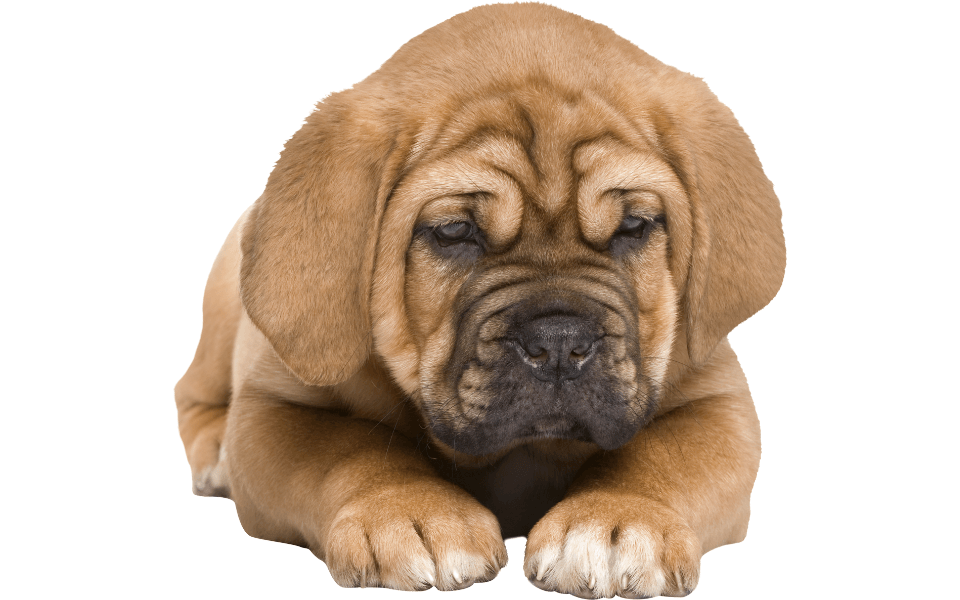
- via REDcycle...
The REDcycle Program makes it easy for all of us to keep plastic bags and packaging out of landfill – including pet food packaging! Drop off any dry pet food bags and sachets (providing they are empty, clean and chopped up into approx A4 size ) at your nearest REDcycle collection bin.
Learn more about REDcycle - or via Terracycle
With this zero waste box from TerraCycle, you can recycle any pouch, bag, box, or container that was used for packaging pet food (including treats and vitamins).
TerraCycle have also recently partnered with Royal Canin to create a free recycling program for pet food packaging. With this program, pet owners can drop any pet food packaging off at selected vet clinics around Australia. Find your nearest drop-off location here.
- 4. Desex your pet
Pet overpopulation is a huge problem here in Australia. During the 2019-2020 financial year alone, the RSPCA received an overwhelming 112,530 animals nationally. However, the solution is simple: prevention.
The single most important thing that we can do to prevent overpopulation is to spay and neuter our pets.
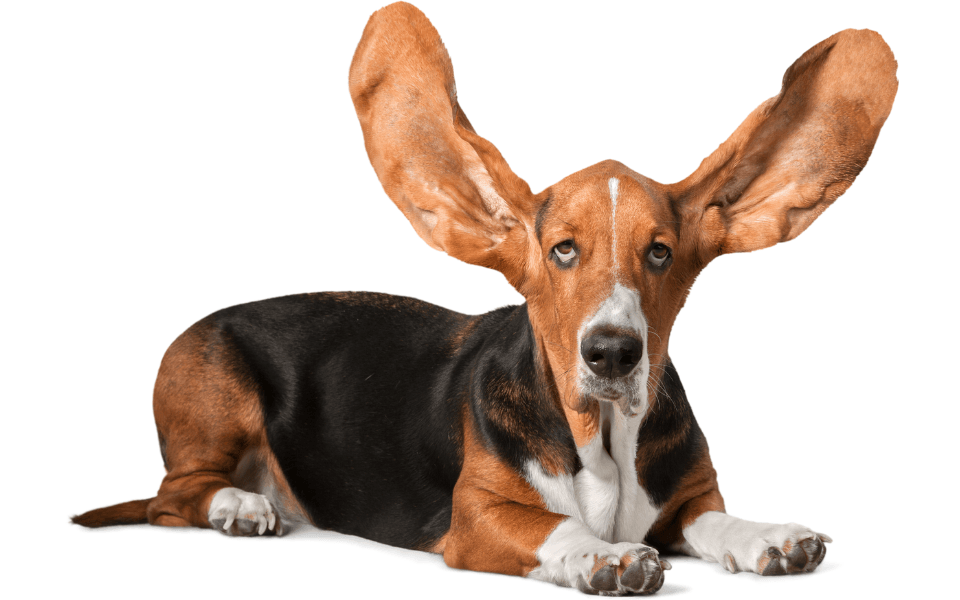
-
Desexing helps to keep breeding rates low, so that shelters and the streets aren’t overrun with neglected animals. It’s also an effective method to prevent disease and other conditions, to ensure the healthy, happy life of the pet you love.
The National Desexing Network (NDN) provides an online service to help pet-owners get their furry friend desexed for a reduced cost. Check out their website here to find a low-cost desexing program in your area.
- 5. Dispose of waste with care
Cleaning up after your pet is essential, whether they do their business outside or in a litter tray. To help you dispose of the waste with the environment in mind, here are some sustainable do-do dos and don’ts:
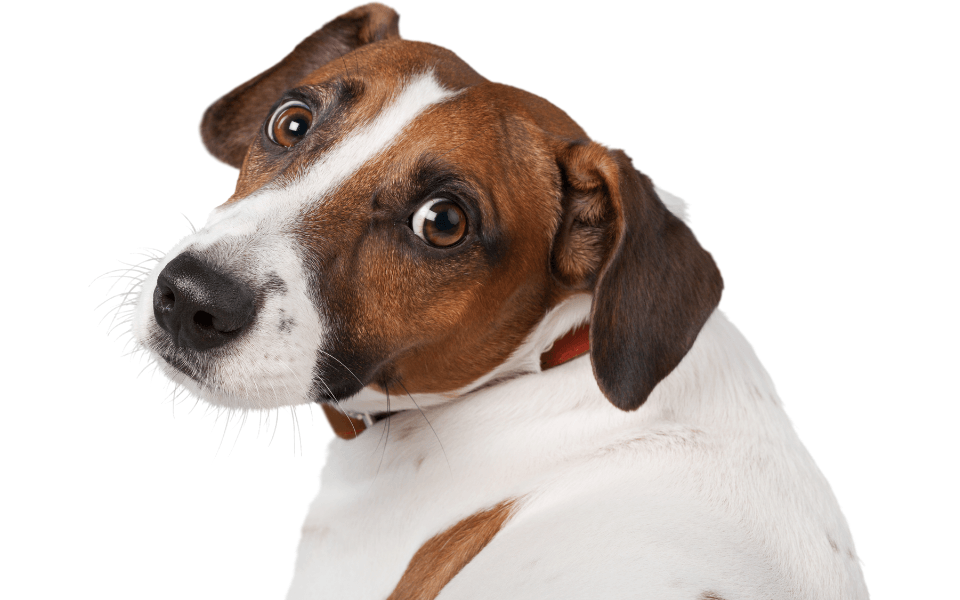
- Use biodegradable or compostable bags:
While these bags only decompose under certain conditions (that are difficult to achieve in landfill), they’re still a far more sustainable alternative to new plastic.
- Do:
Compost: A great alternative is to placing waste in the bin is to compost the poop in a regular compost pit or bin (just don't use the compost on food you're planning to eat), or in a dedicated pet poo compost bin. You can buy one or make your own.
Bury it: If you have a bit of land, simply dig a hole at least 15-20cm deep to bury the waste in. This way, it can decompose naturally out of harm’s way.
- Don’t
Flush it: If you have an indoor cat, you may be tempted to flush their poop down the toot. However, this can contaminate local waterways and negatively impact our marine life. Also, as it’s often hard by the time you scoop it, cat poo is also prone to causing blockages.
Place pet poo on edible plants: Pet waste can be harmful to your health, so be sure to keep any pet poo compost strictly on greenery you’re not eating.
- 6. Watch out for their hunting ways
Regardless of how harmless Fido or Fluffy seem, they have a natural instinct to hunt and chase. While this isn’t an issue if you have an indoor cat, or walk your dog in controlled areas, free-range pets are a different story.
If you have a wandering pet, there are a few things you can do to protect any nearby wildlife. For example, if you’re walking in native bushland or nature reserves, always keep your pooch on their leash. And cats don’t get a free pass either! If you have an outdoor cat, keep them inside overnight to reduce hunting during their most active period and consider a bell for their collar.
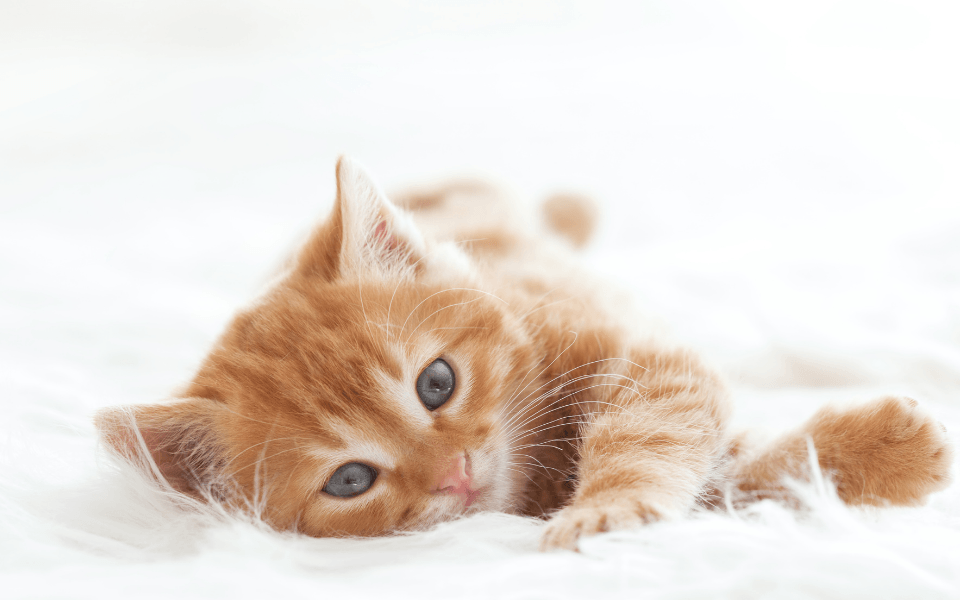
- 7. Cut the chemicals
If you haven’t already, make the switch to organic, natural, non-toxic pet grooming products. Regular pet shampoos can be laden with chemicals, dyes and parabens that aren’t just bad for your pooch’s skin and fur, but also for the environment.
Tip: Take the time to check out the ingredients list before you make a purchase, as greenwashing is rife. If you’re not sure what to look out for, Dogs Naturally have put together a handy guide to the ‘Top 14’ ingredients to avoid. Check it out here.
That way next time you give Fido a bath, you can feel better about the fact that there are no chemicals going down the drain or on the lawn.
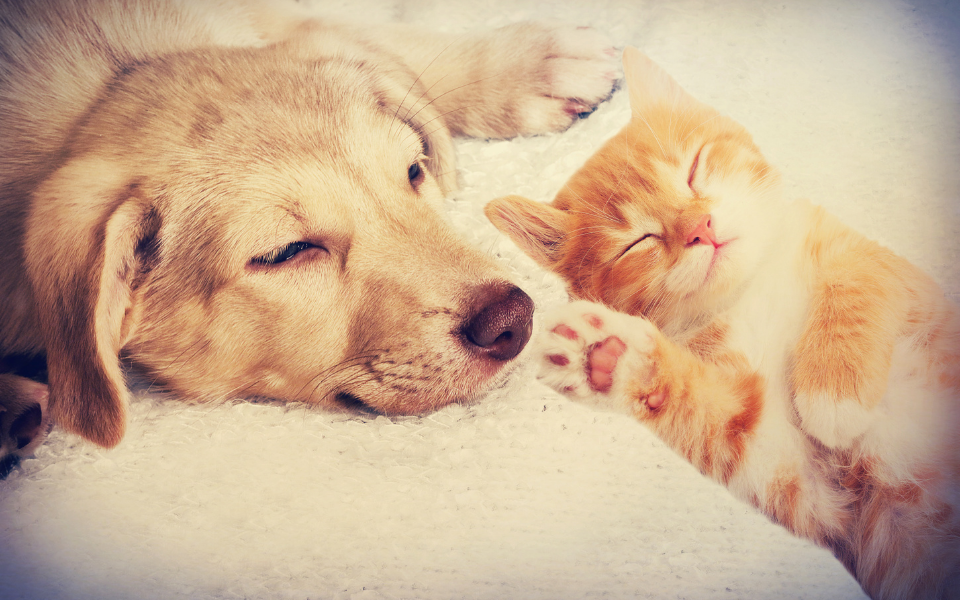
- 8. Look out for collars and leads (and litter!) made from recycled content
By purchasing pet products made from recycled content, you’re extending the life of resources we have already used and reducing the need to extract new ones from our precious planet. Did you know you can buy leads, collars and even kitty litter made from recycled plastics and paper?
Buy Recycled Pet Accessories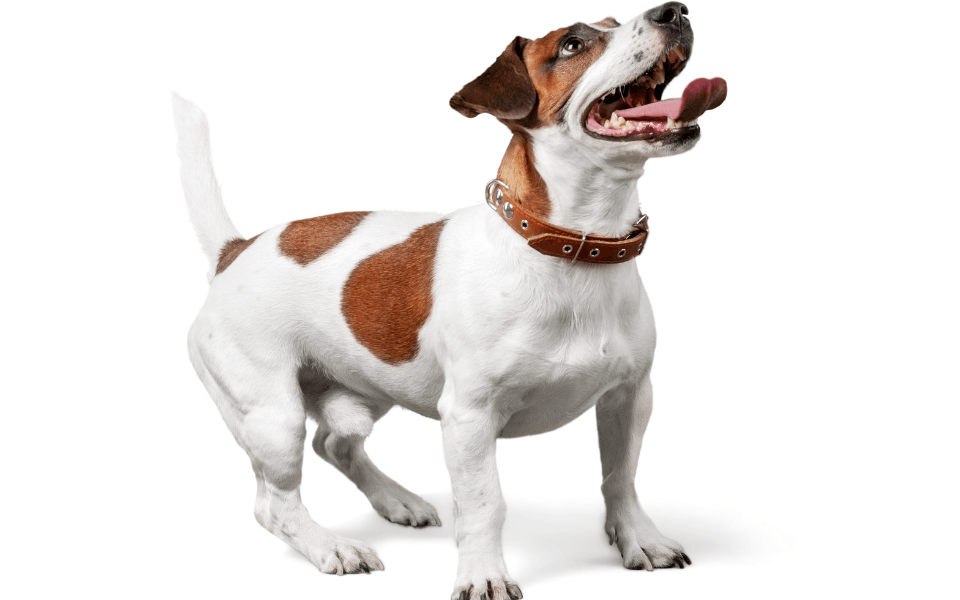
Hayley Kaptein is a composer of words and owner of a cuddly British Shorthair.
1. Choose eco-friendly entertainment
Rather than buying brand new toys made from plastic or other unsustainable materials, see what’s around your house! Repurposing old items is a great way to give an item a new life while keeping your furry family member entertained. For example: Hide treats in old toilet roll tubes to stimulate your pet or knot up an old sock to create a chemical-free chew toy. Or, as anyone with a cat will know, even doing something as simple as leaving out a cardboard box can be enough to keep them entertained for hours!
Remember: Avoid any materials that could easily break down and cause your pet harm.
2. Serve up sustainable snacks
Many common brands of pet treats contain environmentally damaging ingredients, like unstainable palm oil. To avoid this altogether, consider making your own pet treats. Not only will they be healthier for your pet, but they’re also a great way to skip the wasteful plastic packaging that most treats are stored in. A quick search online brings up hundreds of different DIY recipes, so there’s no shortage of inspiration!
3. Recycle old pet food pouches
If you don’t have the time or resources to make your pet’s meals or snacks from scratch, buy pet food with recyclable packaging. These days, there are a growing number of pet food brands shifting towards recycled packaging, plus emerging recycling programs that make it easy to give all of this plastic a new life.
REDcycle: The REDcycle Program makes it easy for all of us to keep plastic bags and packaging out of landfill – including pet food packaging! Drop off any dry pet food bags and sachets (providing they are empty and clean) at your nearest REDcycle collection bin and RED Group will do the rest. Find the REDcycle drop off point nearest to you here.
TerraCycle: With this zero waste box from TerraCycle, you can recycle any pouch, bag, box, or container that was used for packaging pet food (including treats and vitamins). The only downside is, you’ll need to buy the box first. The price of a small box is $173, but it could be a worthwhile investment, particularly if you share the cost with other pet owners you know.
TerraCycle have also recently partnered with Royal Canin to create a free recycling program for pet food packaging. With this program, pet owners can drop any pet food packaging off at selected vet clinics around Australia. Find your nearest drop-off location here.
4. Desex your pet
Pet overpopulation is a huge problem here in Australia. During the 2019-2020 financial year alone, the RSPCA received an overwhelming 112,530 animals nationally. However, the solution is simple: prevention.
The single most important thing that we can do to prevent overpopulation is to spay and neuter our pets. Desexing helps to keep breeding rates low, so that shelters and the streets aren’t overrun with neglected animals. It’s also an effective method to prevent disease and other conditions, to ensure the healthy, happy life of the pet you love.
The National Desexing Network (NDN) provides an online service to help pet-owners get their furry friend desexed for a reduced cost. Check out their website here to find a low-cost desexing program in your area.
5. Dispose of waste with care
Cleaning up after your pet is essential, whether they do their business outside or in a litter tray. To help you dispose of the waste with the environment in mind, here are some sustainable do-do dos and don’ts:
Do:
· Compost: A great alternative is to placing waste in the bin is to compost the poop in a regular compost pit or bin, or in a dedicated pet poo compost bin. You can buy one or make your own.
· Bury it: If you have a bit of land, simply dig a hole at least 15-20cm deep to bury the waste in. This way, it can decompose naturally out of harm’s way.
· Use biodegradable or compostable bags: While these bags only decompose under certain conditions (that are difficult to achieve in landfill), they’re still a far more sustainable alternative to new plastic.
Don’t
· Flush it: If you have an indoor cat, you may be tempted to flush their poop down the toot. However, this can contaminate local waterways and negatively impact our marine life. Also, as it’s often hard by the time you scoop it, cat poo is also prone to causing blockages.
· Place pet poo on edible plants: Pet waste can be harmful to your health, so be sure to keep any pet poo compost strictly on greenery you’re not eating.
6. Watch out for their hunting ways
Regardless of how harmless Fido or Fluffy seem, they have a natural instinct to hunt and chase. While this isn’t an issue if you have an indoor cat, or walk your dog in controlled areas, free-range pets are a different story.
If you have a wandering pet, there are a few things you can do to protect any nearby wildlife. For example, if you’re walking in native bushland or nature reserves, always keep your pooch on their leash. And cats don’t get a free pass either! If you have an outdoor cat, keep them inside overnight to reduce hunting during their most active period.
7. Cut the chemicals
If you haven’t already, make the switch to organic, natural, non-toxic pet grooming products. Regular pet shampoos can be laden with chemicals, dyes and parabens that aren’t just bad for your pooch’s skin and fur, but also for the environment.
Tip: Take the time to check out the ingredients list before you make a purchase, as greenwashing is rife. If you’re not sure what to look out for, Dogs naturally have put together a handy guide to the ‘Top 14’ ingredients to avoid. Check it out here.
That way next time you give Fido a bath, you can feel better about the fact that there are no chemicals going down the drain or on the lawn.
8. Look out for collars and leads (and litter!) made from recycled content
By purchasing pet products made from recycled content, you’re extending the life of resources we have already used and reducing the need to extract new ones from our precious planet. Did you know you can buy leads, collars and even kitty litter made from recycled plastics and paper?
by Hayley Kaptein
New Paragraph

Did you know that Australia has one of the highest pet ownership rates in the world? In fact, over half of Aussie households (61% of us, to be exact) own pets! With ownership rates so high, every choice we make for our furry family members has the potential to impact the environment. While keeping pets happy and healthy should always be our first priority, it’s also important to consider how we can care for our pets without costing the earth.
Discover 8 different ways to reduce your carbon paw print:
- 1. Choose eco-friendly entertainment
Rather than buying brand new toys made from plastic or other unsustainable materials, see what’s around your house! Repurposing old items is a great way to give an item a new life while keeping your furry family member entertained. For example: Hide treats in old toilet roll tubes to stimulate your pet or knot up an old sock to create a chemical-free chew toy. Or, as anyone with a cat will know, even doing something as simple as leaving out a cardboard box can be enough to keep them entertained for hours!
Remember: Avoid any materials that could easily break down and cause your pet harm.

- 2. Serve up sustainable snacks
Many common brands of pet treats contain environmentally damaging ingredients, like unsustainable palm oil. To avoid this altogether, consider making your own pet treats. Not only will they be healthier for your pet, but they’re also a great way to skip the wasteful plastic packaging that most treats are stored in. A quick search online brings up hundreds of different DIY recipes, so there’s no shortage of inspiration!

- 3. Recycle old pet food pouches
If you don’t have the time or resources to make your pet’s meals or snacks from scratch, buy pet food with recyclable packaging. These days, there are a growing number of pet food brands shifting towards recycled packaging, plus emerging recycling programs that make it easy to give all of this plastic a new life.

- via REDcycle...
The REDcycle Program makes it easy for all of us to keep plastic bags and packaging out of landfill – including pet food packaging! Drop off any dry pet food bags and sachets (providing they are empty, clean and chopped up into approx A4 size ) at your nearest REDcycle collection bin.
Learn more about REDcycle - or via Terracycle
With this zero waste box from TerraCycle, you can recycle any pouch, bag, box, or container that was used for packaging pet food (including treats and vitamins).
TerraCycle have also recently partnered with Royal Canin to create a free recycling program for pet food packaging. With this program, pet owners can drop any pet food packaging off at selected vet clinics around Australia. Find your nearest drop-off location here.
- 4. Desex your pet
Pet overpopulation is a huge problem here in Australia. During the 2019-2020 financial year alone, the RSPCA received an overwhelming 112,530 animals nationally. However, the solution is simple: prevention.
The single most important thing that we can do to prevent overpopulation is to spay and neuter our pets.

-
Desexing helps to keep breeding rates low, so that shelters and the streets aren’t overrun with neglected animals. It’s also an effective method to prevent disease and other conditions, to ensure the healthy, happy life of the pet you love.
The National Desexing Network (NDN) provides an online service to help pet-owners get their furry friend desexed for a reduced cost. Check out their website here to find a low-cost desexing program in your area.
- 5. Dispose of waste with care
Cleaning up after your pet is essential, whether they do their business outside or in a litter tray. To help you dispose of the waste with the environment in mind, here are some sustainable do-do dos and don’ts:

- Use biodegradable or compostable bags:
While these bags only decompose under certain conditions (that are difficult to achieve in landfill), they’re still a far more sustainable alternative to new plastic.
- Do:
Compost: A great alternative is to placing waste in the bin is to compost the poop in a regular compost pit or bin (just don't use the compost on food you're planning to eat), or in a dedicated pet poo compost bin. You can buy one or make your own.
Bury it: If you have a bit of land, simply dig a hole at least 15-20cm deep to bury the waste in. This way, it can decompose naturally out of harm’s way.
- Don’t
Flush it: If you have an indoor cat, you may be tempted to flush their poop down the toot. However, this can contaminate local waterways and negatively impact our marine life. Also, as it’s often hard by the time you scoop it, cat poo is also prone to causing blockages.
Place pet poo on edible plants: Pet waste can be harmful to your health, so be sure to keep any pet poo compost strictly on greenery you’re not eating.
- 6. Watch out for their hunting ways
Regardless of how harmless Fido or Fluffy seem, they have a natural instinct to hunt and chase. While this isn’t an issue if you have an indoor cat, or walk your dog in controlled areas, free-range pets are a different story.
If you have a wandering pet, there are a few things you can do to protect any nearby wildlife. For example, if you’re walking in native bushland or nature reserves, always keep your pooch on their leash. And cats don’t get a free pass either! If you have an outdoor cat, keep them inside overnight to reduce hunting during their most active period and consider a bell for their collar.

- 7. Cut the chemicals
If you haven’t already, make the switch to organic, natural, non-toxic pet grooming products. Regular pet shampoos can be laden with chemicals, dyes and parabens that aren’t just bad for your pooch’s skin and fur, but also for the environment.
Tip: Take the time to check out the ingredients list before you make a purchase, as greenwashing is rife. If you’re not sure what to look out for, Dogs Naturally have put together a handy guide to the ‘Top 14’ ingredients to avoid. Check it out here.
That way next time you give Fido a bath, you can feel better about the fact that there are no chemicals going down the drain or on the lawn.

- 8. Look out for collars and leads (and litter!) made from recycled content
By purchasing pet products made from recycled content, you’re extending the life of resources we have already used and reducing the need to extract new ones from our precious planet. Did you know you can buy leads, collars and even kitty litter made from recycled plastics and paper?
Buy Recycled Pet Accessories
Hayley Kaptein is a composer of words and owner of a cuddly British Shorthair.
New Paragraph
Search for other blog topics:
